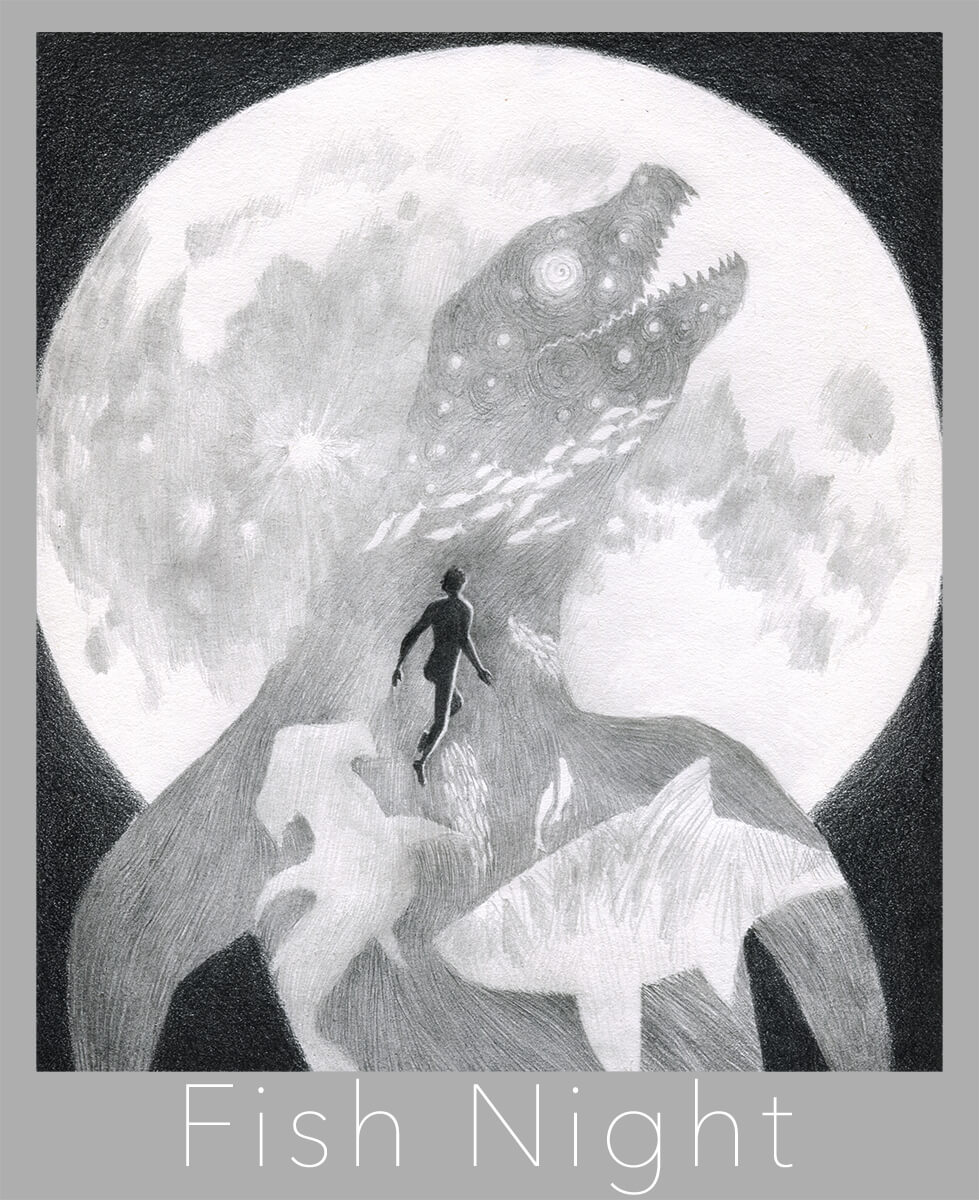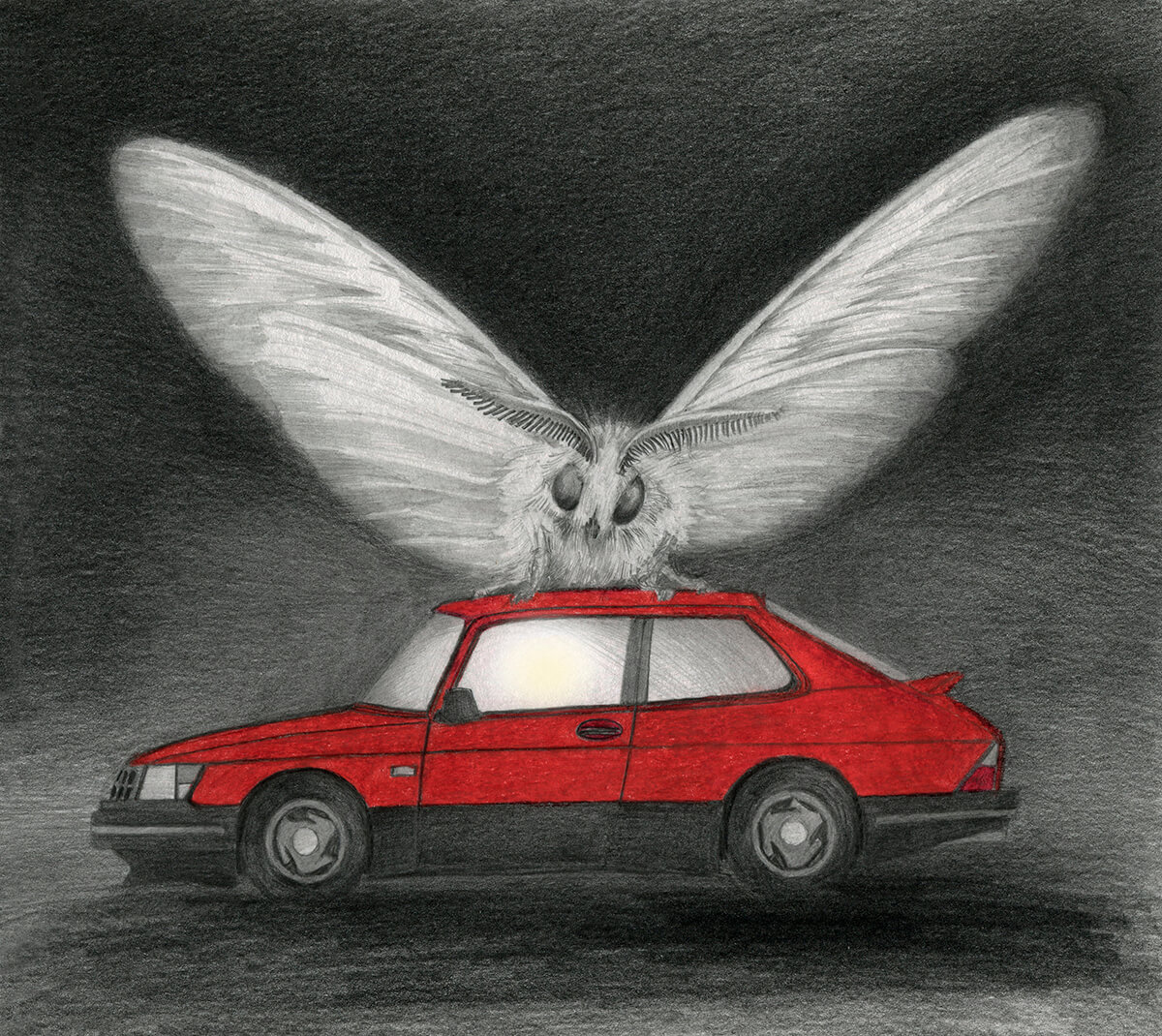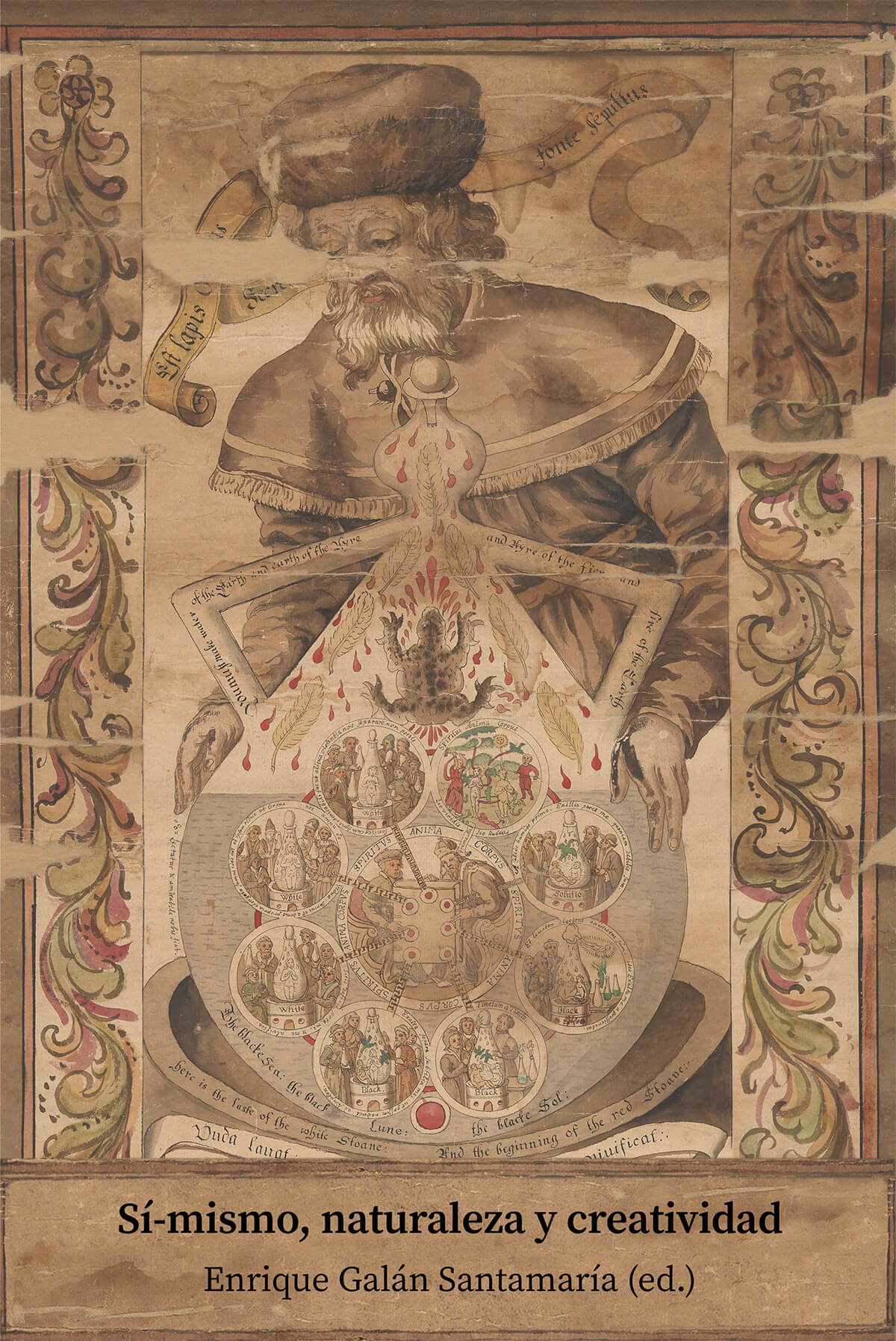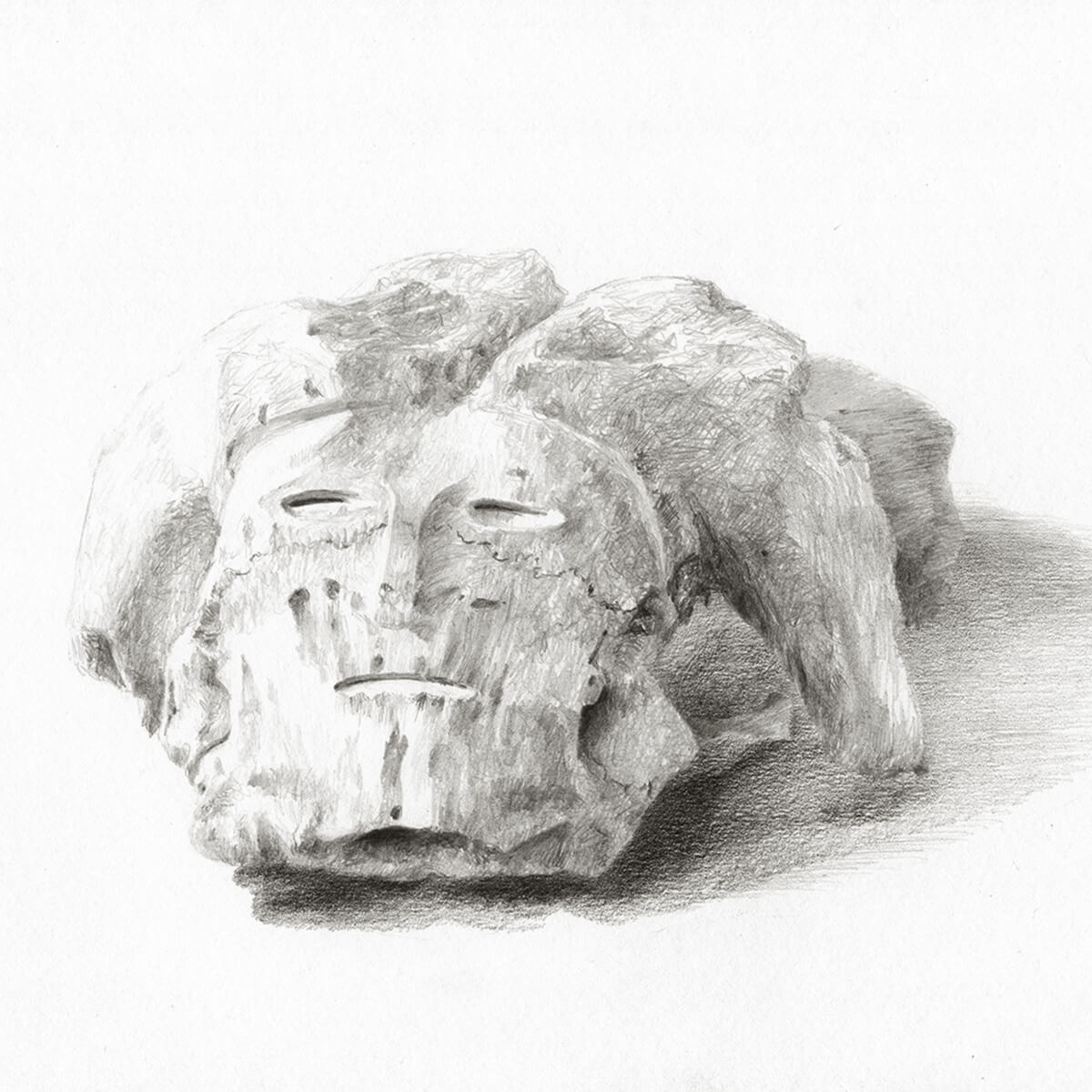Fish Night (2023). 21x21cm. Graphite on 200gr. Canson paper.
Movie Info
Love, Death + Robots. Vol. 1: Fish Night. (2019). Animation Film. Director: Damian Nenow
Creation: Tim Miller
Script: Joe Lansdale, Philip Gelatt
Music: Pawel Górniak
Platige Image Studio. Distributed by Netlflix
Symbolic Analysis of Fish Night
—Part 1
I was moved by this episode of Death, Love and Robots’ series called Fish Night for its strange ending, which leaves a chill on the body. Certainly, when reading the reviews of the series, it seems to be one of the episodes that has really baffled its audience. However, when analyzing it from a symbolic lens, the story acquires an unusual depth and becomes deeply satisfying. Of course, the meaning that I propose here is the result of a specific approach, and in no way it exhausts the film, since my perspective is only “a cut into a whole”. In any case, before continuing reading this post, I recommend watching this episode (spoilers ahead!).
This episode clearly presents two parts: the first one takes place during the day in the middle of the desert, while the night brings about a strange sea populated by fantastic creatures. The sunset is the hinge between the two worlds.
As in many dreams, the problem is presented since the very first scene: two salesmen are driving on a deserted road, and are quickly surrounded by a huge white cloud that emerges from the car’s hood, forcing them to stop. The water from the radiator has evaporated, and after doing some checks, the older companion confirms that it has broken down. His opinion is categorical: the car is “dead like last week’s sales were, or even deader.” After this verdict, this older man takes a bottle of water and pours it over himself. Taken aback, his young companion asks him why he hasn’t put that water into the radiator. The older one replies: “what is dead does not come back to life, not even a Plymouth.” The young man then drinks from the bottle, and throws it away before draining the last drop.
What we can perceive in this scene is a problem of dryness. The background is already barren and still water is lost or wasted. Thus, we shall start by amplifying the symbolism of water, to see what this opening scene hints at. Water evokes, among other things, the vital principle. Where there is water, life proliferates: plants grow and animals multiply. Full civilizations emerged next to water courses. What is more, life on our planet began in the seas, as discussed in the episode. In fact, water is also the beginning of life for each individual, since the fetus is formed in water. This connection between water and the beginning of life (or the world) is archetypal and appears in many creation myths —also in the Book of Genesis— for water evokes a primal matrix. As such, it is a symbol for the unconscious, for the unconscious was the matrix out of which consciousness was born, in a process that lasted millions of years. This process, as C. G. Jung pointed out, is also repeated in every child. This pair of opposites —consciousness and the unconscious— are evocative of other archetypal pair of opposites: sun/moon, day/night, dry/humid, yang/yin, and so on.
Thus, if we look at this story from a symbolic perspective, we can say that during daylight, on a dry and deserted land, we are shown a conscious situation that is going to be completely reversed in the moonlighted, watery land of the unconscious. This reversal starts with nightfall: the sun slowly descends towards the horizon, and what shall rise in its place is, precisely, the drop of water that was scorned, and that now shines with a golden light. I cannot resist quoting Jung:
“According to the law of enantiodromia, so well understood by the Chinese, the end of one phase is the beginning of its opposite. Thus yang at its highest point changes into yin, and positive into negative.” Jung, OC15, §94.
This enantiodromia or reversal is quite palpable in the personality of the fiftyish man, which seems to shift as the sun goes out. Indeed, during daylight, he had blamed his companion for their being stranded in the desert, but now he recognizes that it is not the young man’s fault. Also, he had previously stated quite emphatically that what is dead remains dead, but now he meditates precisely about ghosts and life after death. The shots that emphasize the slow decline of the sun —reminiscent of an eye that closes—, suggest beautifully the “abaissement du niveau de conscience” that is taking place inside this character. Certainly, what will prevail from now on is the lunatic and primal power of the unconscious.
Vandendorpe, November 2023





0 Comments